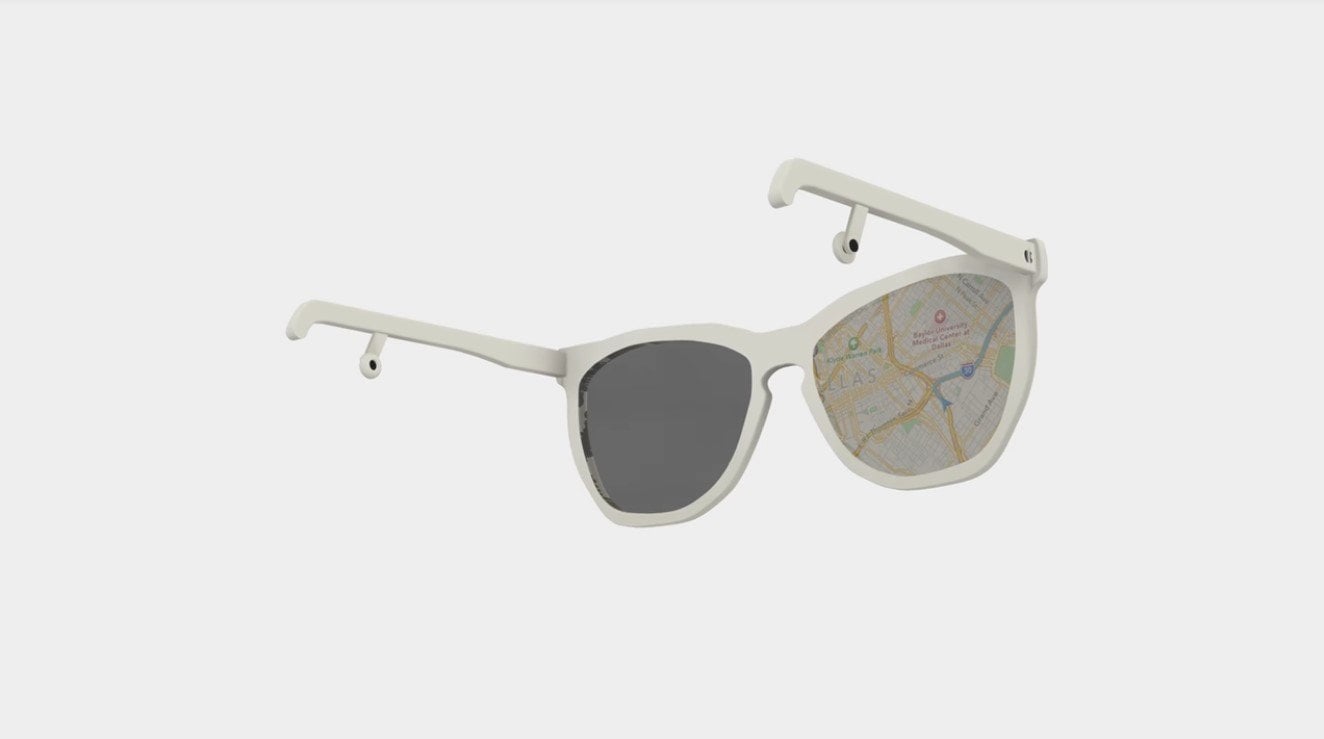Apple has purchased a startup that specializes in making lenses for augmented reality glasses. Rumors about Apple’s AR glasses have been circulating for months. The ARKit 2 software has also suggested that the tech giant was working on an AR/VR headset. Colorado-based Akonia Holographics could help Apple bring its AR glasses and/or headset to the market sooner than before. Apple has confirmed the acquisition to Reuters.
Apple might have bought Akonia Holographics in Q1, 2018
Akonia Holographics is not the only acquisition Apple has made to strengthen its AR capabilities. Last year, the iPhone maker purchased Canadian AR headset startup VRVana for $30 million. The Akonia purchase sheds further light on Apple’s augmented reality ambitions, which go beyond an AR headset. Apple did not reveal the deal size and the date of the purchase.
An AR industry expert told Reuters that the Akonia Holographics team had become “very quiet” over the last six months. It means the deal might have happened in the first quarter of 2018. In making AR glasses, one of the biggest challenges before Apple was to develop transparent optical displays that are thin and light. The displays also need to show content bright enough for outdoor use without straining people’s eyes.
Currently, only a few AR headsets are available in the market, and they use darkened lenses. Microsoft’s HoloLens and Magic Leap’s Magic Leap One both are good only for indoor use. Also, they are ridiculously expensive.
Augmented reality involves overlaying digital information on the real world objects. Smartphones use their cameras to show digital information on the real world objects. In the future, wearable glasses with transparent lenses could do the job. Some of the most popular examples of augmented reality on smartphones are Pokemon Go, SnapChat, and Apple’s Animoji.
Akonia Holographics’ patent portfolio could be a goldmine for Apple
Akonia Holographics was founded in 2012 by a group of scientists. The startup originally focused on holographic data storage, but later shifted its focus to develop screens for AR glasses. It has a portfolio of more than 200 patents, which could prove particularly useful to Apple. Akonia Holographics says on its website that its display technology could be used to make “thin, transparent smart glass lenses that display vibrant, full-color, wide field-of-view images.”
Soon after its inception in 2012, the startup raised $11.6 million in seed funding. It had also been seeking additional funding since, though it is not clear whether the next funding round ever materialized. Akonia Holographics believes its AR display technology will “revolutionize” the smart glass industry. In an interview with VentureBeat in 2016, Akonia CEO Ken Anderson said, “We believe we can solve the problem of the eyeglass that sits in front of your eyeball.”
Apple has a history of acquiring small companies whose technologies appear in its flagship products years later. In 2013, it purchased Israel-based PrimeSense, a maker of 3D sensors. PrimeSense’s technology was used in the TrueDepth camera system on the iPhone X, which enables 3D facial recognition and Animoji features.
In the last few years, Apple has acquired many other small firms such as FlyBy Media and Metaio. It has also hired experts who have previously worked on Microsoft’s HoloLens. Apple often combines its own technologies with those of its acquisitions to accelerate the new product development process.
Apple’s AR glasses are still a few years away
Multiple reports have indicated that Apple is developing powerful AR glasses, but the product is unlikely to debut before 2020. Apple’s AR glasses will reportedly have an 8K display and a separate processor to overlay digital information over real-world objects in your field of vision. It would also have a new ‘rOS’ or reality operating system. Apple is developing AR glasses under the code-name “T288.”
Apple has to pack all these technologies in a consumer-friendly design to ensure that the glasses don’t turn off buyers. According to Cnet, Apple’s AR glasses will not require trackers and cameras that most other AR/VR headsets use. It will reportedly implement all the hardware in the glasses or in the accompanying box. It could use the WiGig 2.0 wireless technology to communicate with the box.
The Cupertino company has already launched augmented reality apps for iPhones. Tim Cook has described augmented reality as a “big and profound” technology that could one day be as big as the smartphone. “This is one of those huge things that we’ll look back at and marvel on the start of it,” Cook told Apple investors last year. Apple has been putting “a lot of energy in AR.”





